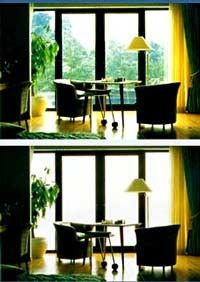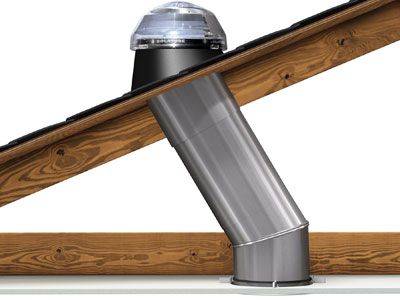Building the Outhouse
A regular outhouse, also known as a pit latrine, is not what you want if you're looking for an environmentally harmless and aromatically acceptable solution for human waste management. These setups involve simply digging a hole in the ground, then covering it over with dirt when it starts to get full. The droppings are free to harbor dangerous microbes, attract pestilent insects, and gradually contaminate groundwater.
A composting outhouse is very similar structure but an entirely different setup. Simply put, the goal is to make human remains recoverable and recyclable. You can build a composting outhouse that requires infrequent large-scale upkeep, or one that needs regular small-scale maintenance. In order to properly compost in the former, you'll probably want to build an elevated outhouse on stilts with a few steps running up to it. This elevated plan provides easy access to the container in the composting portion of the facility. If you want to go the frequent-and-modest maintenance route, your outhouse probably doesn't need to be elevated — it can just be a box-and-bucket setup.
Advertisement
Once you've determined your size and upkeep preferences, the early stages of construction are similar to building any outhouse, sans digging a soon-to-be-smelly pit. The dimensions and building materials used for a conventional outhouse will work here as well. But with composting outhouses, as opposed to pit latrines, waste ends up in (typically mobile) catchment containers located below the toilet seat. We'll talk more about the details of composting and what goes into those containers later in the article.
The last major consideration in your composting outhouse design is to plan a reliable ventilation system. A pipe installed like a chimney running from the collection area to the roof is a good way to accomplish this, but skilled DIYers can probably cook up other means to solve this part of the puzzle. The point is to make sure air can flow through the holding pen while it's waiting to be emptied.
On the next page, we'll take a closer look at the toilet itself.


